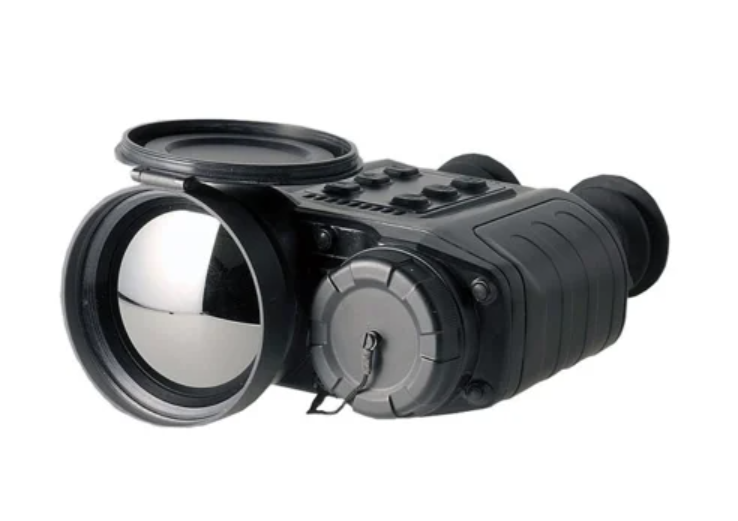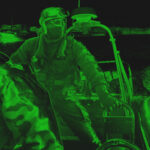In the ever-evolving realm of optical technology, fusion imaging binoculars stand as a testament to the relentless pursuit of innovation. As we peer into the unseen, these cutting-edge devices redefine the boundaries of observation, seamlessly blending thermal imaging and night vision capabilities. The fusion of these technologies offers users an unprecedented ability to navigate the obscure corners of the visual spectrum, making these binoculars a game-changer in various fields.
As we delve deeper into the functionalities of fusion imaging binoculars, it becomes evident that these devices transcend the limitations of their predecessors. Designed to operate seamlessly in environments where conventional optics fall short, fusion imaging binoculars offer a transformative experience in applications ranging from military and law enforcement operations to wildlife observation and outdoor adventures. The intricate dance between thermal and night vision components is orchestrated by advanced algorithms, culminating in a symphony of visual data that enriches the observer’s perspective.
Understanding Fusion Imaging Binoculars
Fusion imaging binoculars integrate thermal imaging and night vision technologies to offer a comprehensive and versatile observational tool. Thermal imaging detects heat signatures, allowing users to perceive objects even in complete darkness or through obstacles such as foliage or smoke. On the other hand, night vision technology amplifies available light, enabling enhanced vision in low-light conditions. Fusion imaging binoculars seamlessly merge these two technologies, resulting in a synergistic effect that significantly improves overall image quality and clarity.
Functioning of Fusion Imaging Binoculars
Let us explore the functioning of fusion imaging binoculars and everything you need to know about these cutting-edge devices.
- Thermal Imaging Component
Fusion imaging binoculars incorporate a thermal imaging sensor that captures infrared radiation emitted by objects. This sensor converts the thermal information into electrical signals, creating a thermal image. This process allows users to visualize temperature differences, making it possible to detect living beings, machinery, or any heat-emitting sources.
- Night Vision Component
Simultaneously, these binoculars utilize night vision technology to enhance visibility in low-light conditions. A light-sensitive photocathode within the device converts photons from ambient light into electrons. These electrons are then multiplied to create a visible image on a phosphor screen. The result is a green-hued image that corresponds to the varying levels of ambient light.
- Fusion Algorithm
The fusion imaging process involves a complex algorithm that combines the thermal and night vision images. This algorithm aligns and overlays the two images, allowing users to see a detailed and comprehensive view of the observed scene. The thermal image provides valuable information about the heat signatures of objects, while the night vision image adds detail and clarity to the overall view.
Benefits of Fusion Imaging Binoculars
Find below some vital benefits.
- Enhanced Situational Awareness
Fusion imaging binoculars provide users with a more complete picture of their surroundings, enhancing situational awareness. This is particularly valuable in tactical situations, search and rescue operations, or outdoor activities where visibility is limited.
- Versatility in Various Conditions
The ability to switch between thermal imaging and night vision modes makes these binoculars versatile in a range of environmental conditions. Users can seamlessly adapt to changing light levels, ensuring optimal performance in diverse scenarios.
- Reduced False Alarms
By combining thermal and night vision technologies, fusion imaging binoculars reduce the likelihood of false alarms. The thermal component helps identify potential threats by detecting heat signatures, minimizing the risk of misinterpretation in challenging conditions.
To sum up
Fusion imaging binoculars represent a significant advancement in observational technology, offering users a powerful tool for improved vision in various conditions. The seamless integration of thermal imaging and night vision technologies provides a holistic perspective, enhancing situational awareness and reducing the limitations of traditional optics. Fusion imaging binoculars are changing the way we perceive and interact with our surroundings, opening up new possibilities for exploration and discovery.





